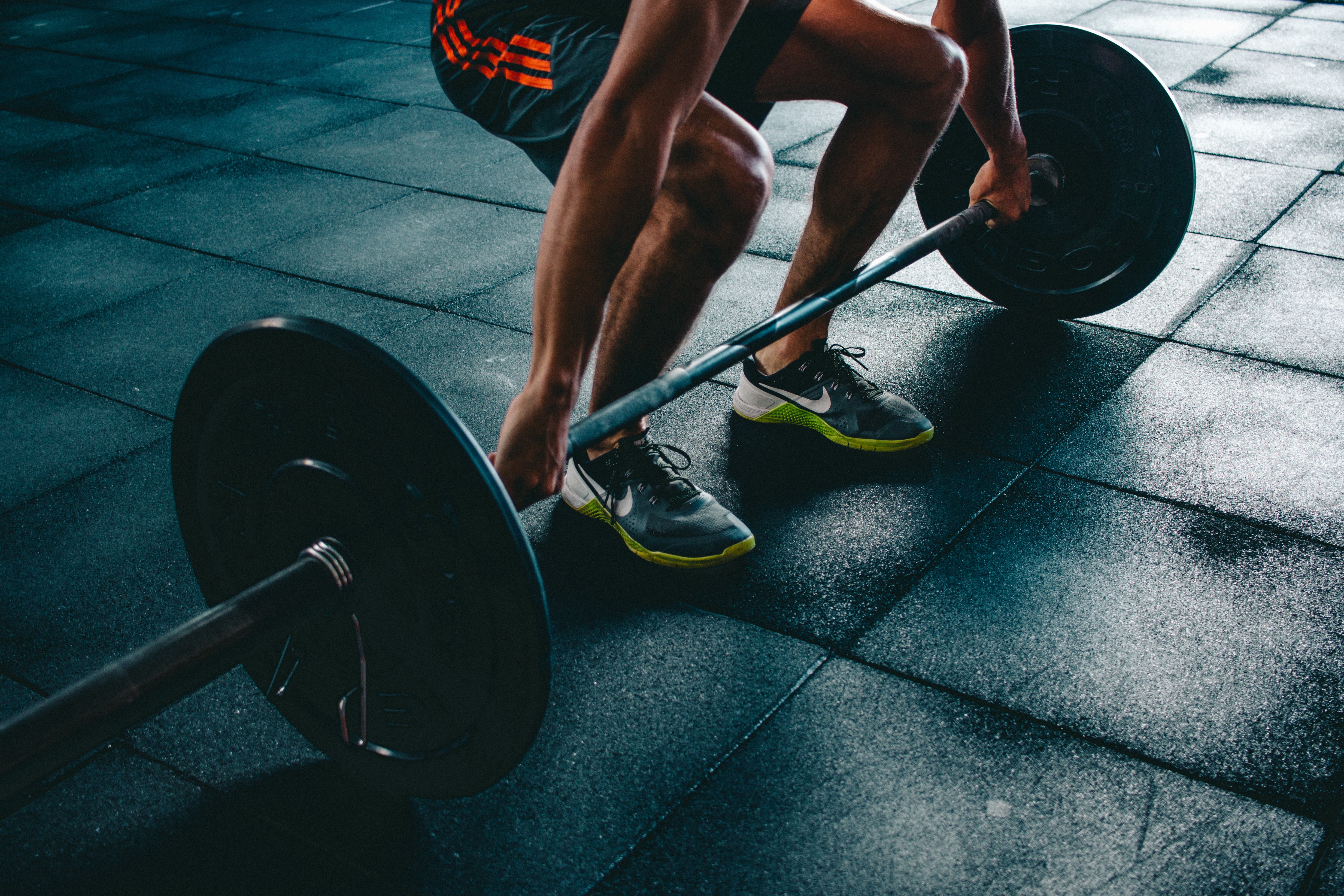Condition, Waldenstrom Macroglobulinemia,
Cancer in the blood to you and me.
I first started training Peter 10 months ago. His goals were to increase his strength and general fitness, the norm for a 70 plus-year-old.
Four months into his training, he hit me with “Gary, I’ve got cancer of the white blood cells.” My immediate reaction was “So what’s to be done to kill this disease?” Peter said he was booked for chemotherapy for the next six months, with two treatments every four weeks. He had sessions on Mondays and Tuesdays, then a three-week rest.
Through my experience working with people over the last 25 years, I thought it wasn’t wise to rest for six months, and Peter agreed. I came up with a plan – the week of his treatment he would indeed rest, but the following three weeks we would hit his strength and fitness full on. Peter mentioned he still wanted to come into the gym, so I left it with him.
When working with clients, I note down the machines/cardio machines they are using. I also keep a record of their weights, reps, and sets. In doing so, it gives me a good idea of the progress made. In part, it’s accountability to my clients but also so I know where we are going with strength and fitness.
After week one of treatment, Peter admitted that it was wise of me to recommend that he initially rest from gym activities. The following week (once we had resumed training), Peter felt he had little energy while lifting his weights.
Week two came and went, but week three was a surprise. Peter was back on form, all the weights, reps, and sets were back to his norm and progress was made on the spin bike.
Week four was the week before his second set of treatments. I had originally planned to do maintenance that week. I thought better of it though, as he had made gains back to his normal fitness over the last two weeks. I saw no reason to stop the push forward. The gains he had made increased in weight and longer cardio sessions (which he did on his own).
Wind forward two months after his last treatment, Peter has gone strength to strength to the point he is lifting more weights than before his chemotherapy. For example, Peter wanted a goal on the linear leg press of 200kg, but he has surpassed that and now you see him in the gym pressing 250kg with 12 reps.
As he is 71, I did take a slower approach to his training. This involved mainly using machines along with some balance work, which is increasingly more important as you get older. I kept him away from loose weights such as deadlifts and squats. I’ve found over the years clients of a certain age will have some form of deterioration in their joints and the safest way for them to build strength is using machines.
So how is Peter now? He has had the all-clear and will have a check-up in three months!
In conclusion
First off, I don’t pretend to be a doctor and did ask the advice from a client who happens to be a doctor (I don’t do Google Doctor). She said there are many different treatments with chemotherapy, and it affects people differently. My approach was correct – look and listen to how they are feeling but don’t wrap them in cotton wool. I’ve always thought that with positive thoughts and actions, you can overcome many illnesses. Yes, this is a tricky one. A lot of assistance is needed from medical experts but with good fitness and positive action, who knows what can be achieved.
I am very proud of Peter. He hit the disease head-on. Peter never complained in the gym, we always laughed and joked in between sets, and he got the job done. Thanks to Tania Austin, a doctor, and my long-standing client, for her advice on the different treatments available.






































